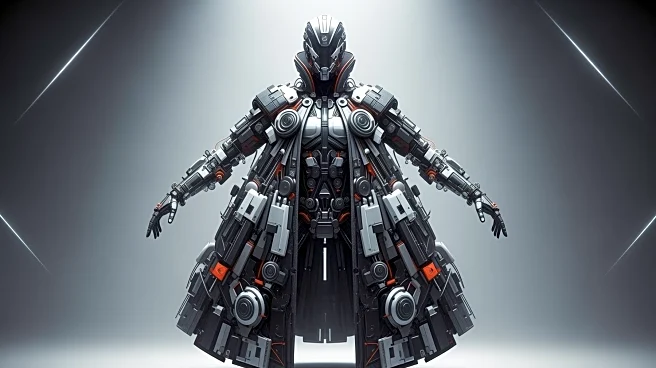What's Happening?
Researchers led by Johan Christensen have developed a new method for creating mechanical cloaks using disordered architected materials. Unlike traditional materials that rely on periodic structures, these new materials mimic natural substances like bone
and wood, which lack regularity but possess desirable properties. The method allows for the rapid and customized growth of cloaks that can adapt to various shapes and boundary conditions. This approach integrates machine learning to design materials with specific functionalities, potentially expanding their applications in various fields.
Why It's Important?
The development of disordered architected materials represents a significant advancement in material science, offering new possibilities for mechanical cloaking and camouflage. By moving away from periodic structures, these materials can achieve functionalities that were previously unattainable, potentially leading to innovations in fields such as defense, architecture, and engineering. The integration of machine learning in material design further enhances the ability to tailor materials for specific needs, paving the way for more efficient and versatile applications.
What's Next?
Future research will likely focus on refining the growth strategies for these materials and exploring their potential applications in real-world scenarios. The use of machine learning in material design is expected to continue evolving, offering new insights into the creation of materials with unique properties. As the understanding of disordered materials grows, their use in various industries could lead to significant technological advancements and new product developments.













